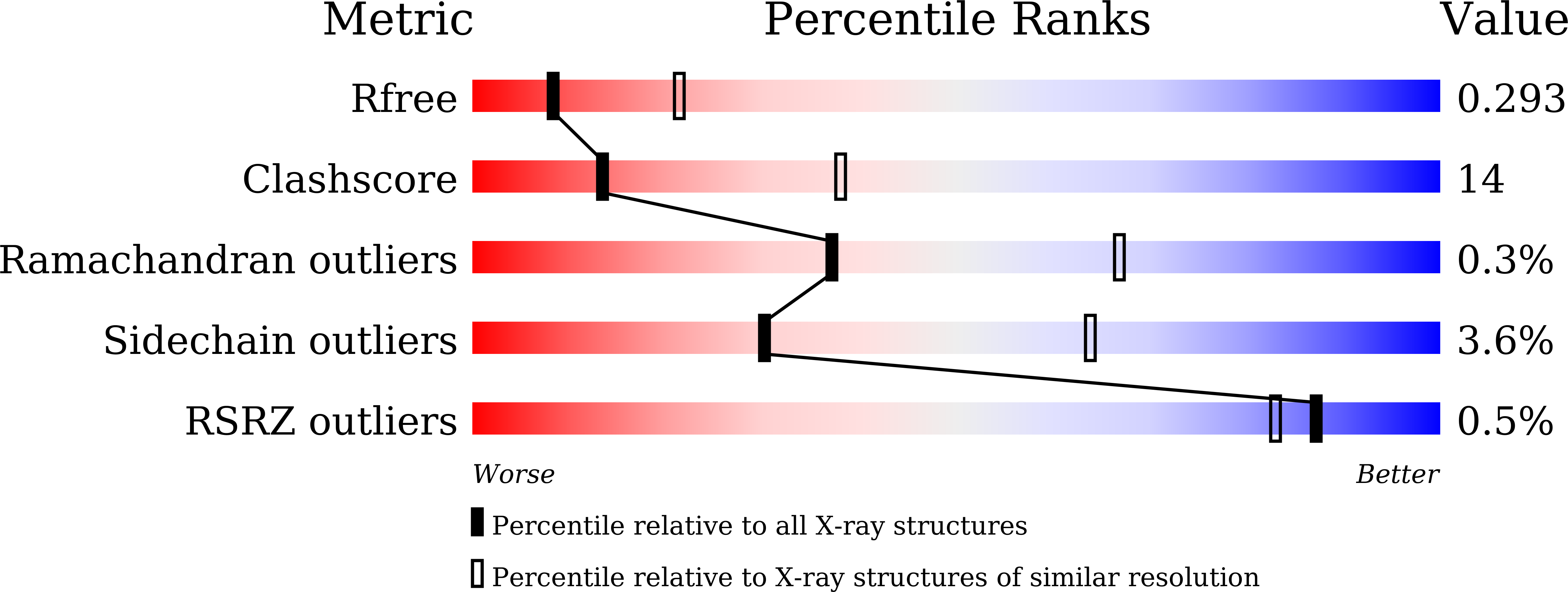
Deposition Date
2024-07-03
Release Date
2024-09-25
Last Version Date
2025-04-09
Entry Detail
PDB ID:
9IMJ
Keywords:
Title:
Bacteriophage T6 topoisomerase II ATPase domain crystal strcuture
Biological Source:
Source Organism:
Enterobacteria phage T6 (Taxon ID: 10666)
Host Organism:
Method Details:
Experimental Method:
Resolution:
2.80 Å
R-Value Free:
0.28
R-Value Work:
0.23
R-Value Observed:
0.23
Space Group:
P 31 2 1


